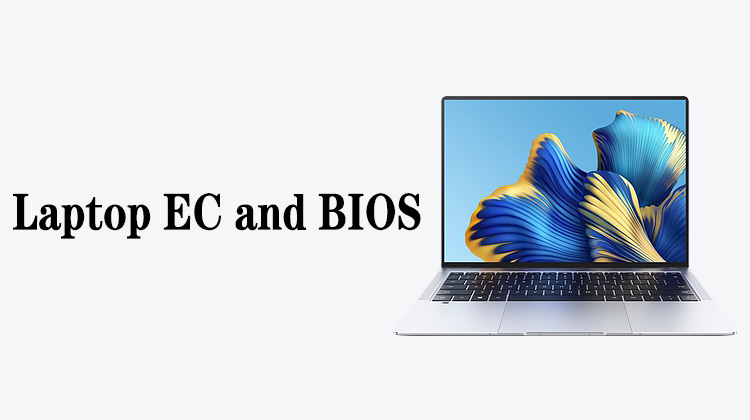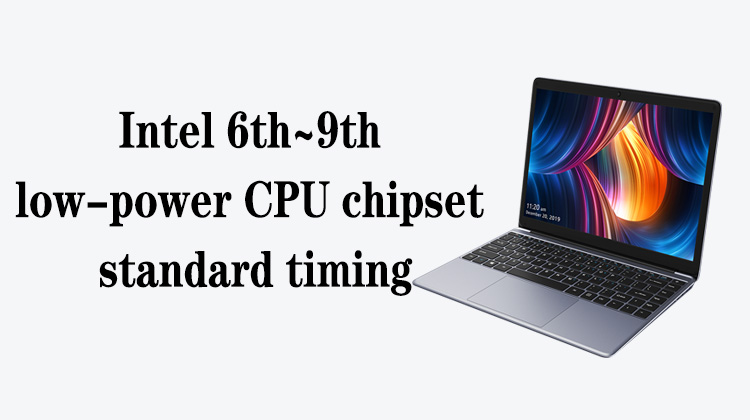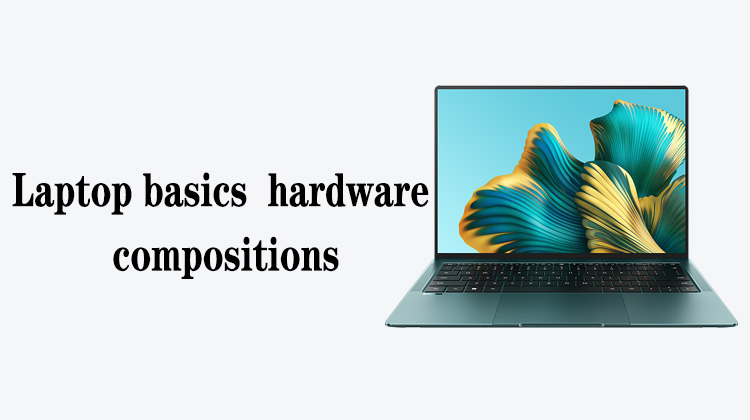1
00:00:00,200 --> 00:00:03,133
Hello everyone, today let's learn how to brush BIOS
2
00:00:04,166 --> 00:00:06,600
This lesson is divided into three parts
3
00:00:06,966 --> 00:00:09,133
First, why brush the BIOS
4
00:00:10,100 --> 00:00:13,366
Second, tools required for brushing the BIOS
5
00:00:13,900 --> 00:00:17,100
Third, the operation procedure for brushing the BIOS
6
00:00:18,166 --> 00:00:21,333
First, let's look at the reasons for brushing the BIOS
7
00:00:23,166 --> 00:00:25,833
The BIOS stores important hardware data
8
00:00:27,333 --> 00:00:32,833
At the same time, the BIOS is a fragile part of the mainboard, which is easy to be damaged
9
00:00:33,266 --> 00:00:36,933
If the BIOS is corrupted, the system will not work
10
00:00:37,933 --> 00:00:40,600
Common faults after BIOS damaged dinclude:
11
00:00:41,366 --> 00:00:46,600
failure to start the machine, no display on startup, alarm sound on startup,
12
00:00:47,300 --> 00:00:52,900
failure to save CMOS setting information, failure to pass the startup self-test,
13
00:00:53,600 --> 00:00:57,400
and failure of a device to run properly after entering the system
14
00:00:59,533 --> 00:01:01,833
These are related to BIOS corruption
15
00:01:04,000 --> 00:01:09,633
The causes of BIOS corruption are usually: virus damage, abnormal shutdown,
16
00:01:09,700 --> 00:01:15,666
static electricity, low CMOS battery power, application or software reasons
17
00:01:20,300 --> 00:01:22,733
Tools required for brushing the BIOS
18
00:01:24,266 --> 00:01:28,300
Usually we brush BIOS in two ways, one is online update,
19
00:01:29,200 --> 00:01:36,400
this method only supports the normal operation of the computer boot, and the update process can not power off
20
00:01:41,466 --> 00:01:44,466
The other is through the programmer to write offline,
21
00:01:44,733 --> 00:01:48,066
which is the maintenance personnel commonly used method
22
00:01:53,433 --> 00:01:56,066
There are two common programmer sizes
23
00:01:56,733 --> 00:02:01,166
One is the RT809F, which is this small one
24
00:02:03,100 --> 00:02:07,600
Another one is the RT809H, which is bigger
25
00:02:14,533 --> 00:02:16,366
After having the programmer,
26
00:02:16,500 --> 00:02:22,166
we also need to install the corresponding type of programmer software in the computer system
27
00:02:23,300 --> 00:02:26,933
For example, we bought RT809F,
28
00:02:27,366 --> 00:02:31,133
to download the RT809F programming software
29
00:02:37,966 --> 00:02:46,600
If we buy RT809H, we need to download the RT809H programmer software, download and install it
30
00:02:49,900 --> 00:02:53,866
Next, let's take a look at the operation steps of brushing BIOS
31
00:02:55,033 --> 00:02:59,133
We need to prepare in advance the BIOS program that we need to write
32
00:03:00,333 --> 00:03:04,866
Then remove the BIOS chip on the mainboard and put it on the jump seat
33
00:03:13,333 --> 00:03:18,333
Step two, we're going to put this jump seat on the top of the programmer
34
00:03:19,766 --> 00:03:21,966
Make sure the direction is not reversed,
35
00:03:22,400 --> 00:03:24,633
the programmer has an arrow on it
36
00:03:26,866 --> 00:03:31,833
The arrow points down, which means that the seat has to be aligned at the bottom
37
00:03:32,133 --> 00:03:34,166
when it's placed on the programmer
38
00:03:37,466 --> 00:03:41,900
And there's a notch on it, which means the first pin of the chip is pointing up
39
00:03:45,833 --> 00:03:51,900
In the third step, we connect the RT809H to the computer through a USB cable
40
00:03:54,900 --> 00:04:00,466
In the fourth step, we find the RT809H icon on the desktop,
41
00:04:04,300 --> 00:04:07,466
run the program, and the screen will appear
42
00:04:09,733 --> 00:04:12,433
Step 5, select the chip
43
00:04:16,900 --> 00:04:19,866
When choosing a chip, there are two methods
44
00:04:20,100 --> 00:04:23,233
The first is to manually input the chip model,
45
00:04:25,300 --> 00:04:31,000
select the manufacturer of the chip and the corresponding model, and click Sure
46
00:04:34,666 --> 00:04:38,366
The second is to click "intelligent identification chip ID",
47
00:04:40,233 --> 00:04:42,566
which will pop up a dialog box
48
00:04:45,500 --> 00:04:50,500
In this dialog box, we select Series 25 SPI Flash,
49
00:04:51,700 --> 00:04:55,666
voltage value of 3.3V, click "OK"
50
00:04:57,033 --> 00:04:58,633
Move on to step 6
51
00:04:59,333 --> 00:05:01,866
After the chip recognition is successful,
52
00:05:02,233 --> 00:05:05,866
we can see the chip number, and then we click "Read"
53
00:05:11,733 --> 00:05:15,533
The programmer will automatically read the BIOS program in the chip
54
00:05:16,500 --> 00:05:19,600
When the progress bar reaches 100%,
55
00:05:22,566 --> 00:05:27,500
OK will be displayed on the screen, indicating that the read is successful
56
00:05:28,566 --> 00:05:33,066
Step 7, save the original BIOS program after the name,
57
00:05:33,233 --> 00:05:34,866
or the mainboard model
58
00:05:41,266 --> 00:05:45,466
Step 8, open the new BIOS program you want to write,
59
00:05:48,966 --> 00:05:50,466
and just click "Open"
60
00:05:53,100 --> 00:05:57,800
And then we go to the program that we want to write, and click Open
61
00:06:00,300 --> 00:06:03,166
And then step 9, click Write
62
00:06:07,000 --> 00:06:12,766
After clicking "Write", we wait for the progress bar below to reach 100%
63
00:06:20,266 --> 00:06:22,733
Okay, so that's how to brush the BIOS







